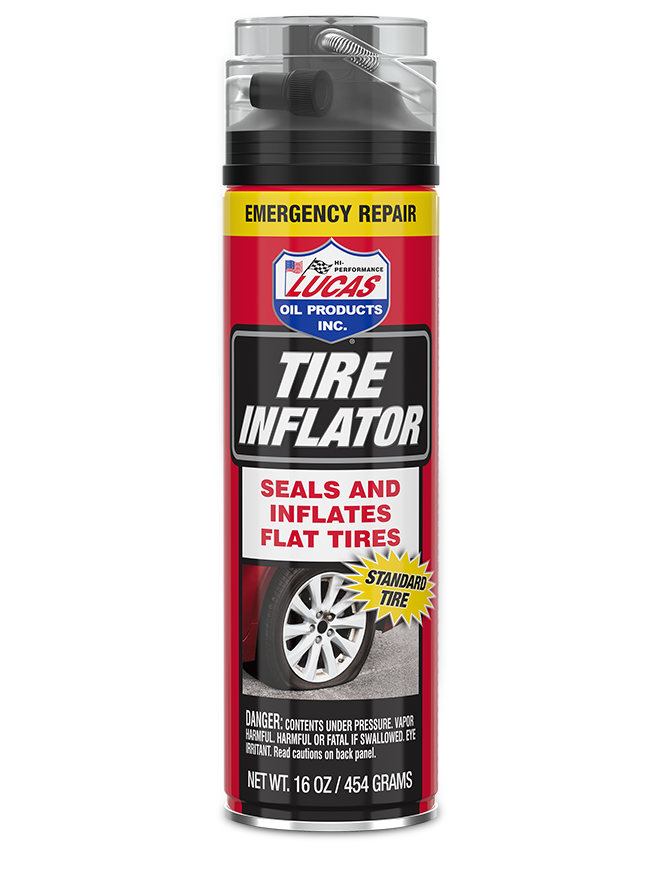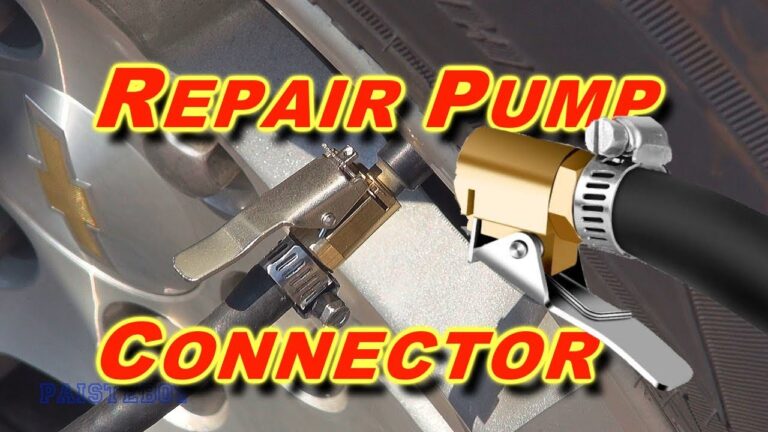How To Air Up A Mountain Bike Tire Properly
Flat tire on your mountain bike trail ride? It’s frustrating, right? Knowing how to air up a mountain bike tire quickly and efficiently can save you time, effort, and potentially a ruined ride. This guide will teach you the proper techniques, covering everything from choosing the right pump to achieving optimal tire pressure. You’ll learn how to avoid common mistakes and keep your tires inflated for peak performance on any terrain.
Choosing the Right Pump for Your Mountain Bike
Selecting the appropriate pump is crucial for efficiently airing up a mountain bike tire. Different pumps offer varying levels of speed and pressure capabilities. This section will explore the various pump types and their suitability for mountain biking.
Floor Pumps
- Floor pumps offer high volume and pressure, ideal for quickly inflating mountain bike tires to their recommended PSI. They are generally more stable and easier to use than hand pumps.
- Their larger size and weight can make them less portable for trailside repairs; however, they provide the best performance and pressure capabilities.
- High-quality floor pumps often feature pressure gauges for accurate inflation monitoring, ensuring your tires are at the optimal PSI for your riding conditions.
Hand Pumps
- Hand pumps are lightweight and compact, perfect for carrying in a backpack or on your bike. This portability is ideal for trail-side flat tire fixes.
- They generally inflate tires more slowly compared to floor pumps, which can be tedious for larger volume tires at higher PSI.
- While offering convenience, some hand pumps might not reach the high pressures required for certain mountain bike tires, especially when used on trail.
CO2 Inflators
- CO2 inflators are the quickest method for inflating tires; this option is perfect for emergency situations where a quick fix is required on the trail.
- These inflators use compressed carbon dioxide cartridges to quickly inflate the tire, but these cartridges are single-use and require replacement.
- CO2 can be more expensive in the long run compared to using a hand or floor pump, especially if you frequently suffer flats.
Understanding Tire Pressure and PSI
Correct tire pressure is vital for mountain bike performance and safety. This section details how to find the right PSI for your tires and the consequences of improper inflation.
Reading Your Tire Sidewall
- The sidewall of your tire provides a pressure range that indicates the minimum and maximum PSI your tire can handle. Never exceed this maximum limit.
- The recommended PSI often depends on your weight, riding style (aggressive trail riding vs. leisurely cruising), and terrain conditions.
- A good rule of thumb is to start at the lower end of the range and experiment to find what feels best for you, always staying within the range shown.
Consequences of Underinflation
- Underinflated tires cause increased rolling resistance, making pedaling harder and reducing your speed. It will also feel less responsive.
- Poor traction leads to increased risk of flats due to the tire flexing too much and rubbing against the rim or hitting obstacles harder.
- The possibility of pinch flats is more likely with underinflated tires. This happens when the tire impacts an obstacle hard enough to force the inner tube between the tire and the rim, pinching the inner tube and causing a puncture.
Consequences of Overinflation
- Overinflated tires reduce traction significantly, making it harder to maintain control, particularly on loose surfaces or steep terrain.
- A harsh ride is the most likely consequence of overinflation as the tires become stiff and don’t absorb impacts effectively.
- Overinflation increases the risk of rim damage or tire blowouts; this can have serious implications, especially at higher speeds.
The Step-by-Step Guide to Airing Up Your Mountain Bike Tire
This section provides a detailed, step-by-step guide on how to properly air up your mountain bike tire, regardless of the pump type you’re using. We’ll cover all the essentials for a successful inflation process.
Preparing the Tire and Valve
- Ensure the valve stem is clean and free of dirt or debris. A dirty valve can prevent proper inflation.
- If you’re using a Presta valve, unscrew the small cap at the top of the valve before you start pumping. For Schrader valves, you don’t need to remove any cap.
Attaching the Pump
- Connect your pump to the valve. Make sure it’s securely fastened to avoid air leaks.
- For Presta valves, you might need to firmly push the pump head onto the valve before you start pumping.
Inflating the Tire
- Begin pumping, keeping an eye on your tire pressure gauge (if available). If you don’t have a gauge, pay attention to how hard you’re pumping.
- Inflate the tire to the recommended PSI specified on the tire’s sidewall. Remember to consider the factors mentioned earlier, such as your weight and riding style, when determining your ideal pressure.
Checking the Tire Pressure
- After inflating the tire, double-check the pressure using a gauge to ensure you’ve reached the correct PSI. Accurate pressure is crucial for optimal performance.
- If your tire is underinflated or overinflated, adjust the pressure accordingly using the instructions above.
Troubleshooting Common Mountain Bike Tire Inflation Problems
This section addresses common issues encountered while airing up a mountain bike tire, offering practical solutions to get you back on the trail quickly.
Slow Inflation or Leaks
- Check the valve stem for any damage or debris that might be causing a leak. Clean it thoroughly.
- Inspect the tire and rim for any punctures or cuts. Thoroughly check both to ensure that there are no sources of leaks.
- Ensure the pump head is securely attached to the valve. A loose connection will result in slow inflation or leaks.
Difficult to Attach Pump to Valve
- Check if the valve is clogged with debris or dirt. Clean the valve carefully using a brush or compressed air.
- Make sure you’re using the correct type of pump head for your valve (Presta or Schrader). Using an incorrect pump can prevent a proper seal.
- Try lubricating the valve stem with a drop of oil or silicone grease to make it easier for the pump to seal.
Myths About Mountain Bike Tire Inflation
Myth 1: Higher Pressure Always Means Better Performance
This is false. Overinflation reduces traction and can lead to a harsher ride and even tire damage. The optimal pressure depends on several factors, including your weight and riding style.
Myth 2: You Only Need to Check Your Tire Pressure Before a Long Ride
This is incorrect. Tire pressure can fluctuate over time due to temperature changes and other factors. Checking your pressure before every ride is recommended, and you should check them during long rides.
Myth 3: All Mountain Bike Pumps Are Created Equal
Incorrect. There is a wide variety of mountain bike pumps available, each with its own capabilities in terms of speed, pressure, and portability. Choosing the right pump for your needs and riding style is essential.
FAQ
What is the best type of pump for mountain biking?
The best pump depends on your needs. Floor pumps offer the quickest and most efficient inflation but are less portable. Hand pumps are great for portability, while CO2 inflators are ideal for quick trailside repairs.
How often should I check my mountain bike tire pressure?
It’s advisable to check your tire pressure before every ride, as pressure can fluctuate due to temperature changes. For long rides, it’s important to check during the ride.
What happens if I underinflate my mountain bike tires?
Underinflation reduces speed, increases rolling resistance, and increases the chance of flats due to increased flexing and potential pinch flats. It also affects the handling of the bike.
What happens if I overinflate my mountain bike tires?
Overinflation decreases traction significantly, leads to a harsh ride, and increases the risk of rim damage or tire blowouts. This also makes the bike less responsive and harder to handle.
How do I know the correct PSI for my mountain bike tires?
Check the sidewall of your tire for the recommended PSI range. Consider your weight and riding style to choose a pressure within that range.
What should I do if I get a flat tire on the trail?
If you have a spare tube and tire levers, repair the flat using the tools. If not, use a CO2 inflator or, if you have it, a hand pump. If you don’t have the tools, your best option is to call for help or walk the bike back to where you started.
What’s the difference between Presta and Schrader valves?
Presta valves are thinner and require a specific pump head, while Schrader valves are thicker and more common and use a standard pump head.
Final Thoughts
Mastering the art of airing up a mountain bike tire is essential for any mountain biker. By understanding tire pressure, selecting the right pump, and following the steps outlined in this guide, you’ll experience improved performance, reduced risk of flats, and more enjoyable rides. Remember to always check your tire pressure before each ride and adjust as needed based on the terrain and your preferences. Happy trails!



